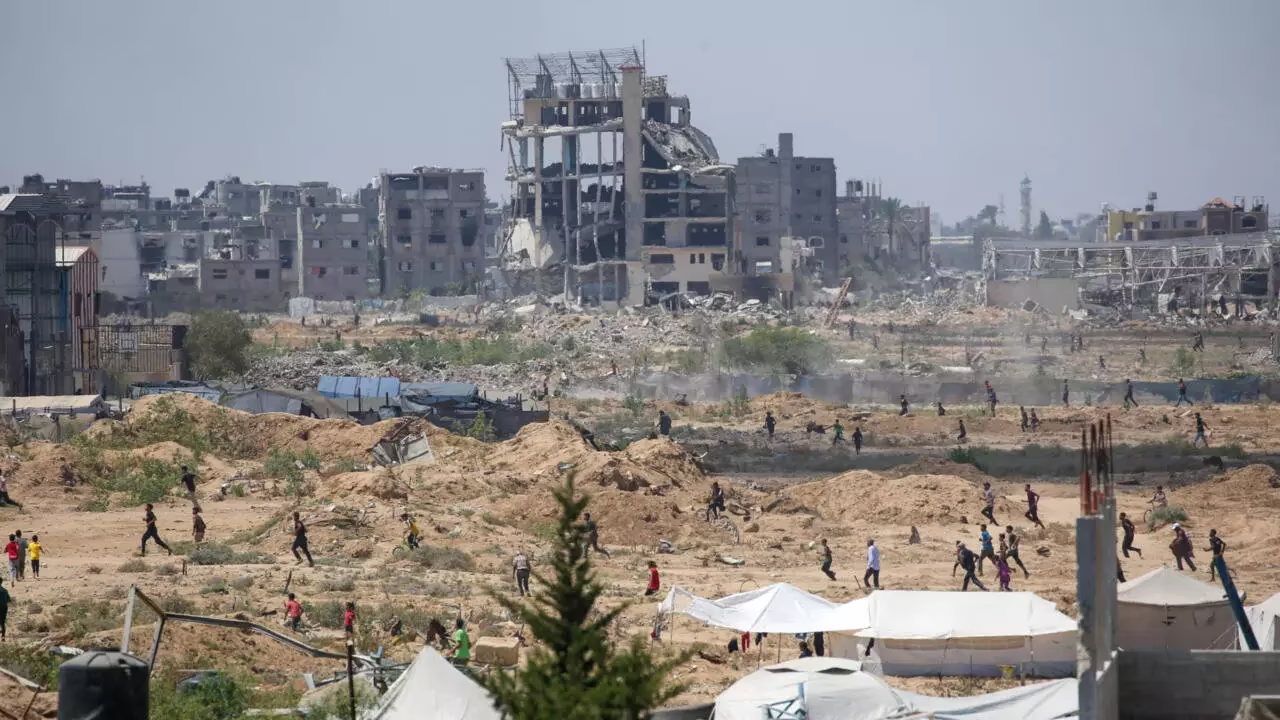After Benjamin Netanyahu approved the plan to seize Gaza City, dismissing UN warnings of an impending humanitarian collapse, mass protests erupted inside Israel: hundreds of thousands are demanding an end to the war and the release of hostages. At the same time, international criticism has intensified: even the justification of the operation as “self-defense” is gradually losing legal and moral weight, as systematic blockade of the population and repression against civilians highlight what is increasingly seen as the deliberate dismantling of society in Gaza.
As the war in Gaza drags on, the scale of the humanitarian disaster is becoming ever more apparent. According to internal Israeli military intelligence data, five out of six Palestinians killed in strikes were civilians. An independent investigation found that after nineteen months of fighting, Israeli services counted around 8,900 Hamas and Islamic Jihad fighters killed, while the overall death toll reached 53,000. This means that only 17 percent of the victims were combatants, the rest—civilians.
Israel rejected these findings, claiming the figures were “inaccurate.” Yet human rights groups and genocide scholars, including Israeli lawyers and academics, argue that the situation meets the key markers of genocide: mass killings of civilians are accompanied by the use of starvation as a weapon of war.
A Voice Unheard

Israel Mobilizes 50,000 Reservists for a New Phase of the Gaza War
The Army Plans an Offensive in Residential Areas Where Hamas Fighters Remain

Three-Quarters of the World’s Countries Already Recognize Palestine
Now America’s Closest Allies Are Ready to Join—Without the U.S.
A new report by international experts has, for the first time, officially classified the food situation in Gaza at Level 5 on the IPC scale—the highest category, indicating catastrophic famine. More than half a million people are already in critical condition, and by September that number could rise to 641,000, extending to southern areas of the strip, including Deir al-Balah and Khan Younis.
IPC Level 5 means that at least one-fifth of the population has no access to food, one in three children suffers from wasting, and no fewer than two people per 10,000 die every day. Even without all criteria being fully met, the system recognizes a region as famine-stricken if chronic undernourishment, poverty, and high mortality are documented. Israeli authorities rejected the report, calling it “based on lies” and “ignoring the data provided.”
Two facts—the mass killing of civilians and the catastrophic famine—are intensifying international pressure on Israel. Increasingly, the war in Gaza is being seen not as a military campaign against Hamas but as the systematic destruction of a society.
